Mining for talent: How the Junior Tour of Wales uncovers the next generation of stars
The Junior Tour of Wales has an uncanny knack of churning out winners who do well in the pro ranks. What’s the secret of its success?
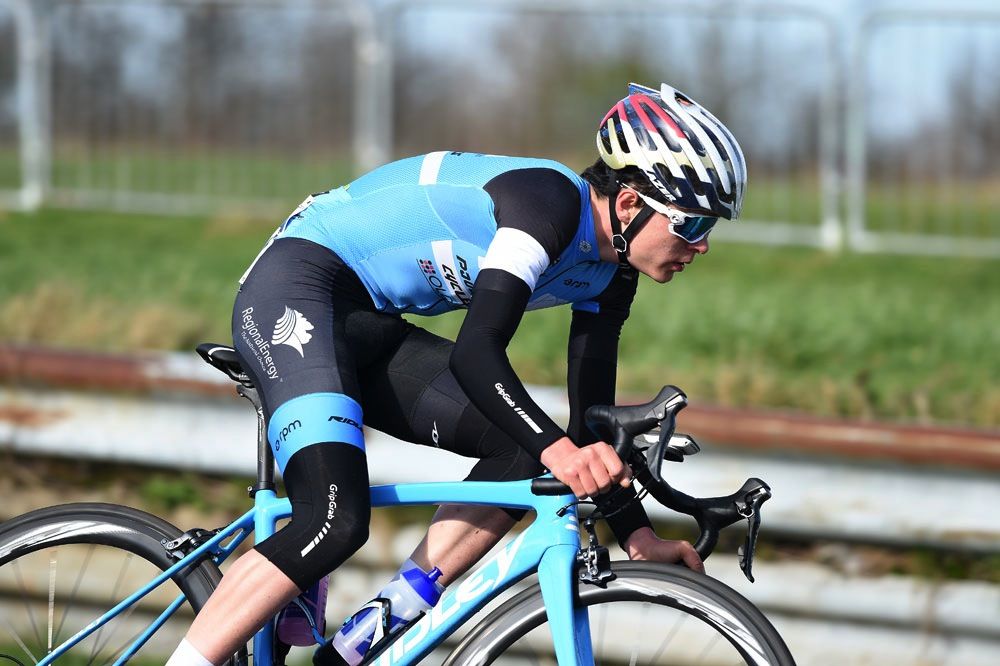
Tom Pidcock won the 2017 Junior Tour of Wales before winning the junior time trial world title (Andy Jones)

Johan Vansummeren is enthused, excited to be talking about a topic dear to his heart. His memories are vivid, and they are only good ones.
“It was the best time of our lives, probably. Everything was basic, but for us it was real, a proper cycling experience,” the Belgian ex-pro remembers.
Vansummeren could easily be talking about the unsophisticated showers in the Roubaix velodrome, recalling his post-race wash in 2011 after he — against all expectations —pulled off a remarkable victory in the Hell of the North.
But no, he isn’t thinking back to the day he won Paris-Roubaix. He is actually recalling his first general classification victory: the 1999 Junior Tour of Wales, when he became the first foreign rider to win the event.
Since then, only three other riders from outside the UK have topped the overall standings of a race that is something of a British cycling institution. He is in a small company in that regard, but in a large party of riders who have gone on to enjoy success at the very highest echelons of the sport.
Matt Stephens won twice, in 1987 and 1988; Roger Hammond in 1991; Charly Wegelius in 1995; Dan Martin in 2004; the year after, Alex Dowsett beat Edvald Boasson Hagen; 2010 saw Dan McLay win; and Hugh Carthy was victorious in 2012.
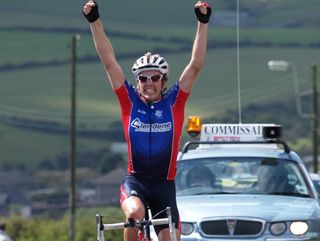
Of all the winners, however, Vansummeren’s success is one that is permanently etched in the mind of John Richards, one of the founders of the race and its organiser for the first 29 years after its inception in 1981.
Get The Leadout Newsletter
The latest race content, interviews, features, reviews and expert buying guides, direct to your inbox!
“The one that really impressed me was Vansummeren,” Richards tells Cycling Weekly. “It was his consistency, he was there all the time.
“I was friendly with him at the time and I used to call him Eddy Merckx but he is probably twice as tall as him! We were using a curtain-sided lorry as the rostrum and his head was touching the roof, he was so tall.”
“For me it was just the second time racing outside of Belgium as I wasn’t in the national team, so it was really the first time I was riding against riders from another country,” Vansummeren, who now runs cycling holidays in Greece, explains.
“I was just riding for a small club and it was an adventure. We had a team of four and one guy with us who was our soigneur, mechanic, sports director, organiser, everything. We were 18 years old and we had started cycling for fun. It was like a holiday.”
Vansummeren isn’t alone in having happy memories, but the race is not just a jolly in the Welsh hills. It is the most important stage race on the domestic calendar for British juniors.
Tom Pidcock, the junior cyclocross world champion, winner of the Junior Paris-Roubaix, and recently crowned junior time trial world champion, made history this year by becoming only the third rider after Martin and Scott Davies in 2013 to lead the race from beginning to end. He is also the only rider to have won four stages.
“To be able to keep the jersey from start to finish was pretty good,” Pidcock says. “The Tour of Wales is equal to any race abroad. Everyone wants to win and everyone attacks. It’s a race that shows the best riders from the rest.”
And Pidcock’s era are, statistically, the best ever: this year’s average race speed was a record 25.5mph; in 2004, a race that had 60 kilometres less and featured Geraint Thomas and Martin, the riders averaged 24mph.
Proving ground
When the race was launched in 1981, it comprised three stages held over two days and featured 200 riders on the start line.
The race remained in its original format until 1993 when it was extended to three days and moved to its current position on the August Bank Holiday weekend. This year it added a fourth day.
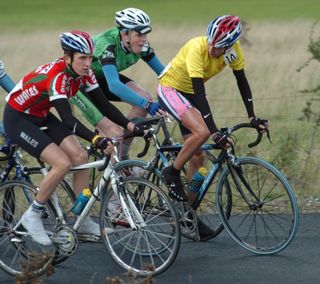
Today, the race features an opening time trial, a lumpy road stage, a criterium, a stage reserved for the sprinters and a final stage that finishes atop the Tumble.
The race is varied, hard and intense. Only the best juniors in the UK and a selection of the best from further afield are granted one of the 100 race numbers; in 2016, there were 230 entrants.
“It’s a tough course, it’s five stages and all the best riders in the country are there. It’s what makes it the best race,” Pidcock assesses.
Vansummeren likens it to one of professional cycling’s greats.
“It was really hard. It was almost a little bit like Amstel Gold because each climb is so steep and there were lots of them,” he says.
UCI team managers come to scout, knowing that the race will demand the absolute maximum from a rider.
“I normally go and watch two days of it and I value it a lot. I have signed six lads just off the back of confirming their potential at the Tour of Wales,” Tim Elverson, manager of Bike Channel-Canyon, says.
Pedigree field
The race is looking to secure UCI status in the coming years, with Richard Hopkins, organiser since 2015, hoping to convince the Welsh Government to support it in time to allow the race to be included on the UCI calendar in 2019.
That would allow the race to invite foreign teams — but even now, without having the allure of UCI points on offer, the race is a magnet for teams from outside of the British Isles.
Teams from 24 countries, including Uzbekistan and Uganda, have fielded squads, and many — just like their British counterparts — have gone onto enjoy successful professional careers; 2013 runner- up Sam Oomen is the latest to excel at the highest level, having finished seventh overall at the Tour of Poland in August.
Other riders to have raced but not won include David Millar, Luke Rowe, Mark Cavendish, Simon Yates and Steven Kruijswijk.
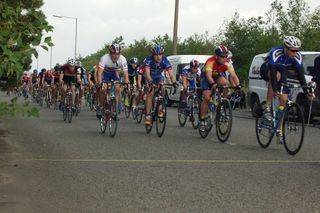
Riders from home and abroad are effusive in their praise of the race, saying that it was the first time they felt like a professional, and it resonates as one of their happiest periods.
“I remember thinking how wicked it was,” Hammond reflects.
“It was a group of lads of the same age just enjoying a weekend of smashing each other on the bike. The Junior Tour of Wales had everything: the Tumble, a town centre criterium and a time trial.”
“It’s the biggest junior race outside of the Nationals,” Welshman Owain Doull, now of Team Sky, says.
“When you get to the race sign-on, there’s a list of previous stage winners and classification winners and you can go back through the years and pick out some real big names. It’s a taste of what pro cycling is like.”
Mountain high
Like any good stage race, the winner isn’t assured until the final, crucial day, ensuring that intrigue and suspense is retained.
At the Tour of Wales, the Tumble’s introduction in 1989 was a race-changer. Ever since then, the race has been decided on the steep, lengthy slopes of the mountain just outside of Abergavenny. It is where dreams have been realised or shattered.
In 2015, Max Williamson was 1.38 adrift of Nathan Draper on GC, but he was allowed to go in the day’s early break and finished the stage in second place. Draper, to his relief, won the race by two seconds, the smallest ever winning margin.
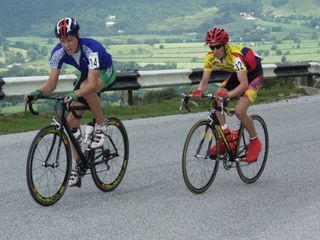
“I didn’t have a clue that I’d won. It was only at the presentation that I found out,” Draper said.
Richards believes it was the best thing he did as organiser. “It’s a fantastic climb. That final stage has been the same for decades — there is no way to improve it.
“I always remember Nico Roche coming over after he had won the Junior Tour of Ireland, and he was full of it, thinking he was going to win the Tour of Wales.
"He blew up on that final climb and lost it. The Tumble is the icing on the cake: it makes or breaks you and the race is usually won or lost there.”
Ben Swift, who now rides for UAE-Emirates, is all too familiar with the climb’s importance: “It was the last stage [in 2005] and there was Dowsett, Edvald and some other guy off the front. I was leading the race and I knew it was going to be tough to close the gap. I couldn’t and it was gutting.”
Rough ride
The race, however highly regarded, respected and loved, has not been without its financial and logistical problems, though.
One year, a major sponsor reneged on its commitments, leaving Richards in a monetary black hole. He was forced to plug the deficit with his own money and owed around £2,000 to Gwent Police.
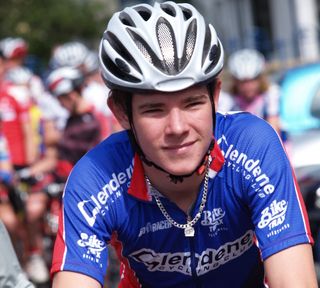
“Fortunately they never pushed me on it as I just didn’t have the money,” he says.
But there was no way that Richards would allow his baby to fall off the calendar. “I couldn’t do without it at that time. It was cracking and I’d have been lost without it.”
There have been headaches, like the time when a pack of horses blocked the road or when a fire engine squeezed through a tight gap on a narrow road, causing mayhem; there was also the case, in 2011, when a timekeeper set off riders in a time trial at the wrong intervals, forcing the stage to be declared null and void.
Not so long ago, a foreign team sent an A and a B team to the race. Commissaires and Hopkins sensed that the team were acting questionably after the opening time trial.
“We were never quite sure what was going on, but we were all convinced after the time trial that riders on the team swapped numbers around so that the best four riders in the time trial were in the A team,” Hopkins suspected.
“We could never prove it because we couldn’t recognise them well enough. But it seems very likely that was what was going on!”
For Alex Dowsett, winner in 2005, an error in 2006 still irks him to this day. “The following year, I was in a group that got sent off course and then got given a time. I should have won it again that year but didn’t because of being sent off course.” He jokes: “They were good times but that still hurts!”
One rider who only has good memories is Pidcock. Reflecting on the prestigious names who, before him, have won the yellow jersey, he says: “It shows that the race has got history and pedigree.”
And, a touch prophetically, three weeks before he became a double junior world champion with his time trial win in Bergen, Norway, he noted: “It’s a race where the riders who do well in it, generally go on to have good careers.” He is the latest Junior Tour of Wales graduate.
Memories from the race
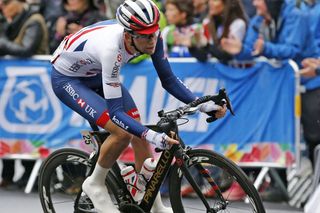
Scott Davies, 2013 winner
“I’m really pleased I won it and cherish the memories. It was probably what helped me to get a contract with Madison-Genesis in 2014. I came fifth in my first year and that gave me a heads up that I could do alright the year after. I was comfortable, but on the last day [Eddie] Dunbar attacked. He was only a first year but had a big reputation. I remember thinking ‘uh-oh’ but fortunately I held on.”
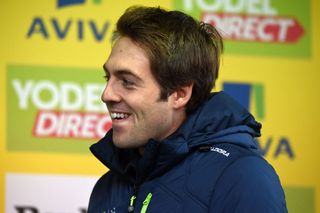
Alex Dowsett, 2005 winner; 2005 and 2006 KoM winner
“The first year I did it, Edvald Boasson Hagen was there and he was the child prodigy of bike racing back then. I remember on one of the stages I cleared off with him and he just demolished me in the sprint for the line. In the last stage I got in the break and then won up the Tumble, which was quite unexpected and quite out of character for me. As a junior, it’s the closest you feel to being a pro.

Owain Doull, 2010 points classification winner
“It’s always at the end of the year, just before the Junior World Championships and it’s massive. Obviously with me being from Wales, I know all the roads so it’s even more of a big deal. It’s just a really well-organised race. There aren’t many races for juniors, at least not in the UK, where you can race five stages and ride such a variety of parcours in three days.”
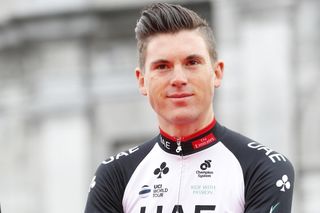
Ben Swift, 2005 stage winner
“I have mixed memories. The first year I did it, near enough the whole peloton crashed, and I came off quite badly, so that wasn’t so good. The next year I came back and won the first road stage solo which was good but then I lost it on the final day. When I look at that field, we had Edvald Boasson Hagen and quite a few top riders now who were in that race. It has managed to attract a lot of international riders in its time.”
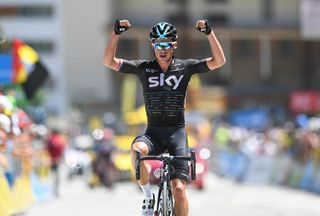
Pete Kennaugh, 2006 runner-up; 2007 KoM winner
“It’s an amazing race, each stage is hard, and there are good climbs. It had a bit of everything and was something you always looked forward to as a junior. I have some really nice memories from racing down there. On one stage I punctured early on and I was minutes out the back but I managed to ride all the way back to the front group over the course of the stage. That sticks. It was a bit of an epic day.”

Thank you for reading 20 articles this month* Join now for unlimited access
Enjoy your first month for just £1 / $1 / €1
*Read 5 free articles per month without a subscription

Join now for unlimited access
Try first month for just £1 / $1 / €1
Follow on Twitter: @richwindy
Richard is digital editor of Cycling Weekly. Joining the team in 2013, Richard became editor of the website in 2014 and coordinates site content and strategy, leading the news team in coverage of the world's biggest races and working with the tech editor to deliver comprehensive buying guides, reviews, and the latest product news.
An occasional racer, Richard spends most of his time preparing for long-distance touring rides these days, or getting out to the Surrey Hills on the weekend on his Specialized Tarmac SL6 (with an obligatory pub stop of course).
-
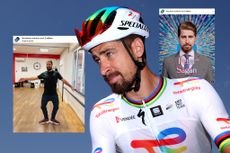 Tweets of the week: Peter Sagan signs up for Strictly Come Dancing
Tweets of the week: Peter Sagan signs up for Strictly Come DancingHe's quick on a bike, but how good's his rumba?
By Tom Davidson Published
-
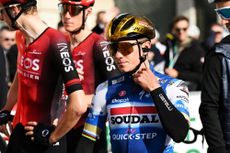 Remco Evenepoel almost 'back on the rollers' after being doored by Belgian post vehicle
Remco Evenepoel almost 'back on the rollers' after being doored by Belgian post vehicleMultiple Olympic champion aiming to return to training on the road in February and will tentatively begin riding indoors at the weekend
By Tom Thewlis Published